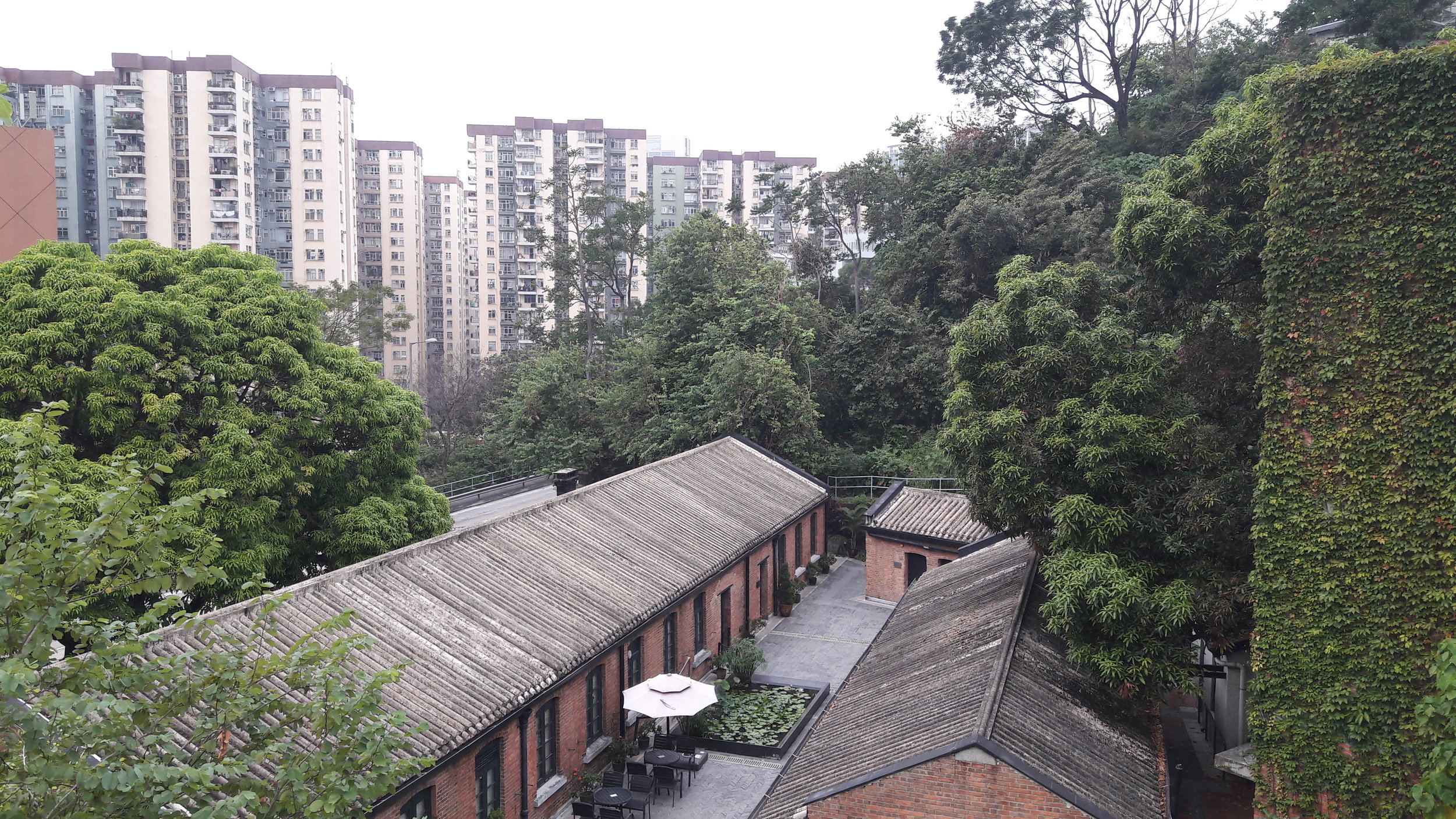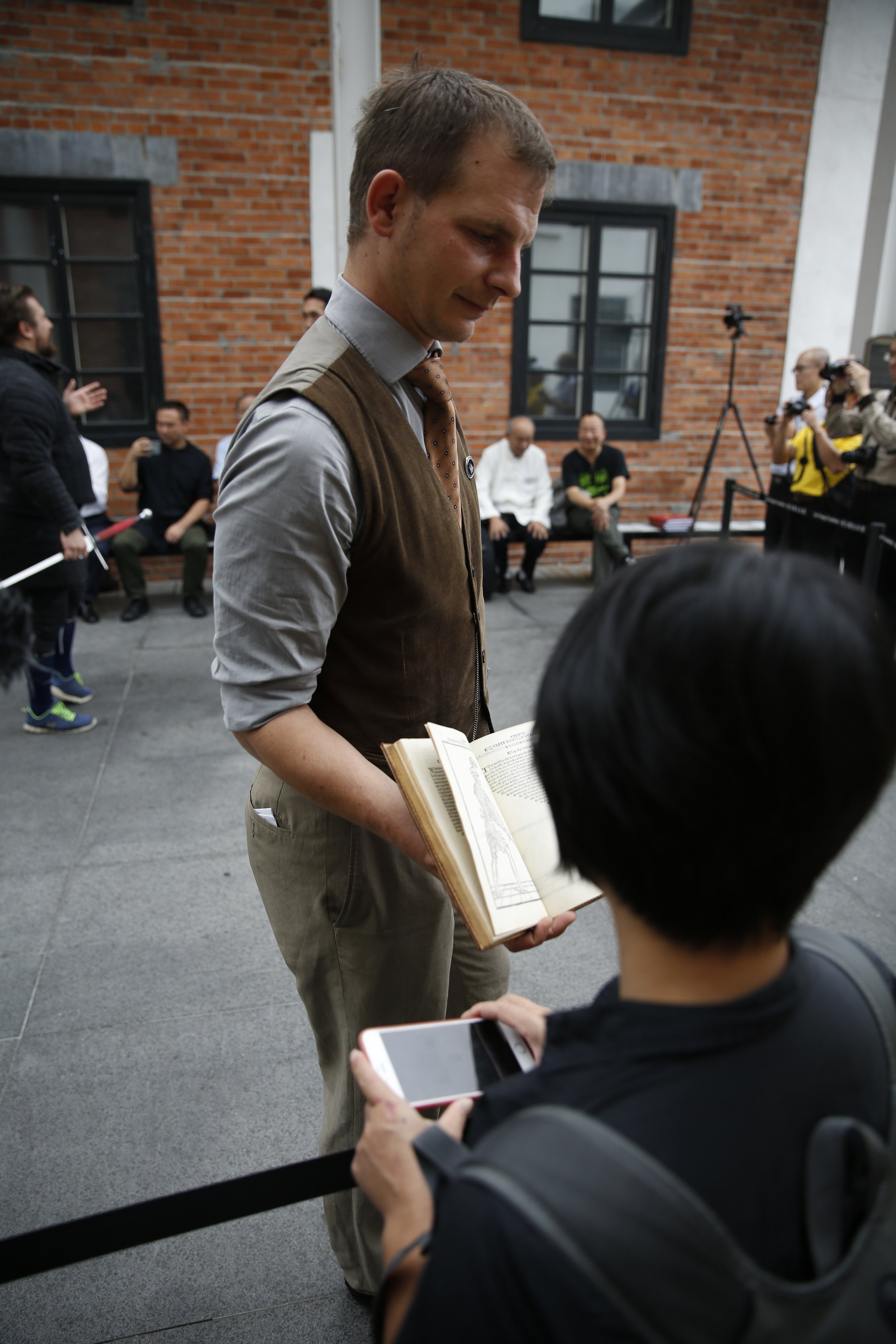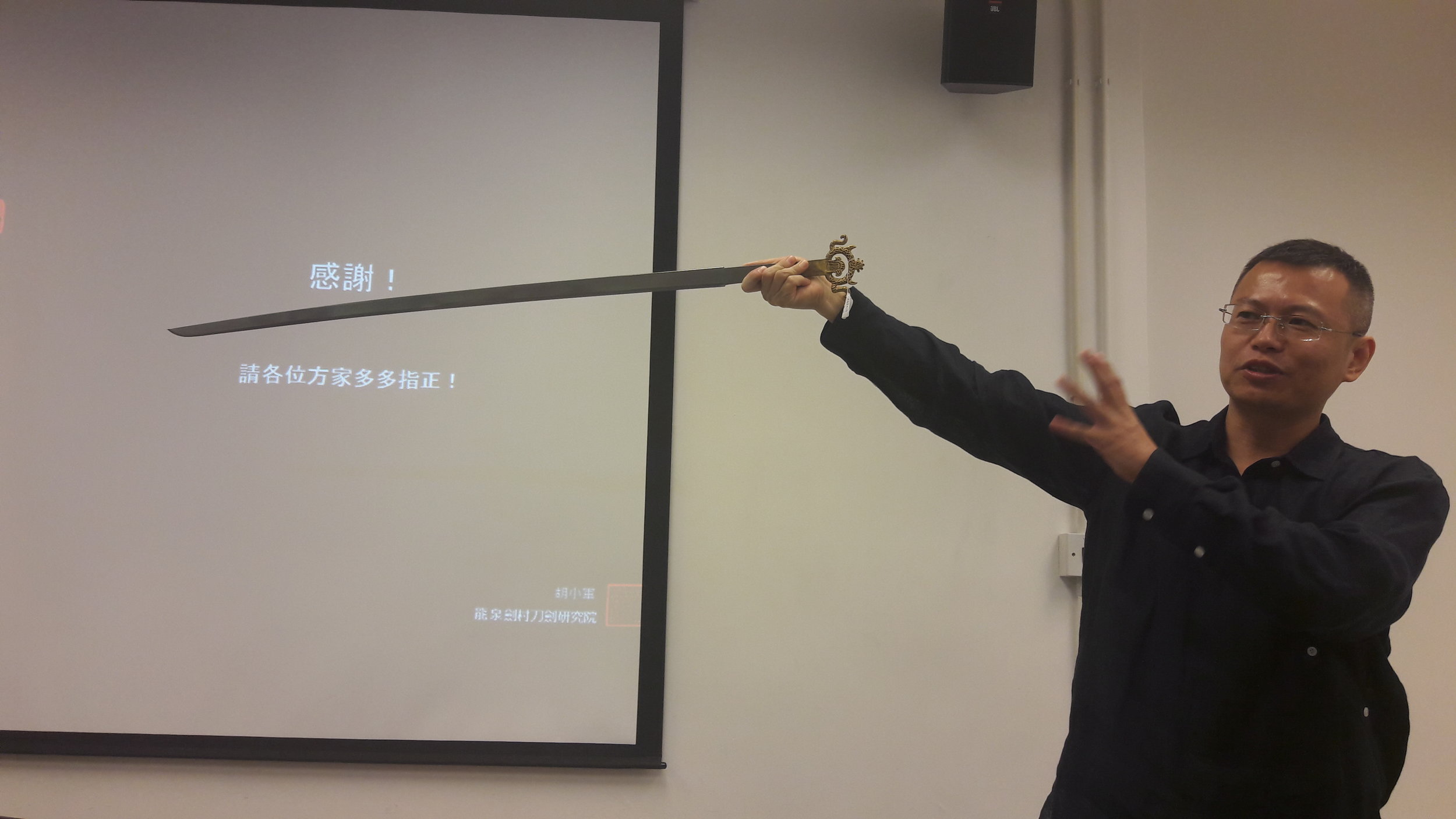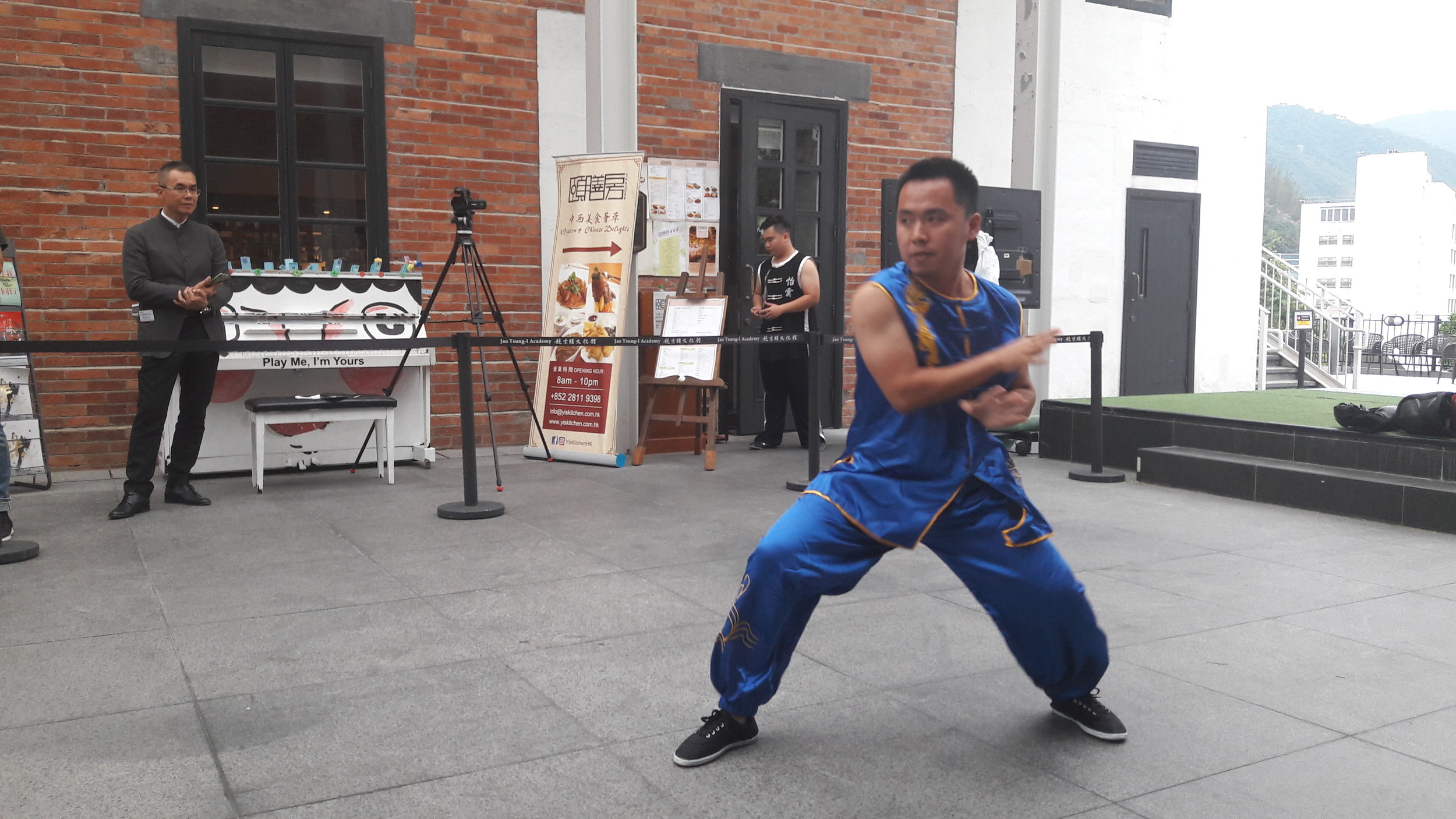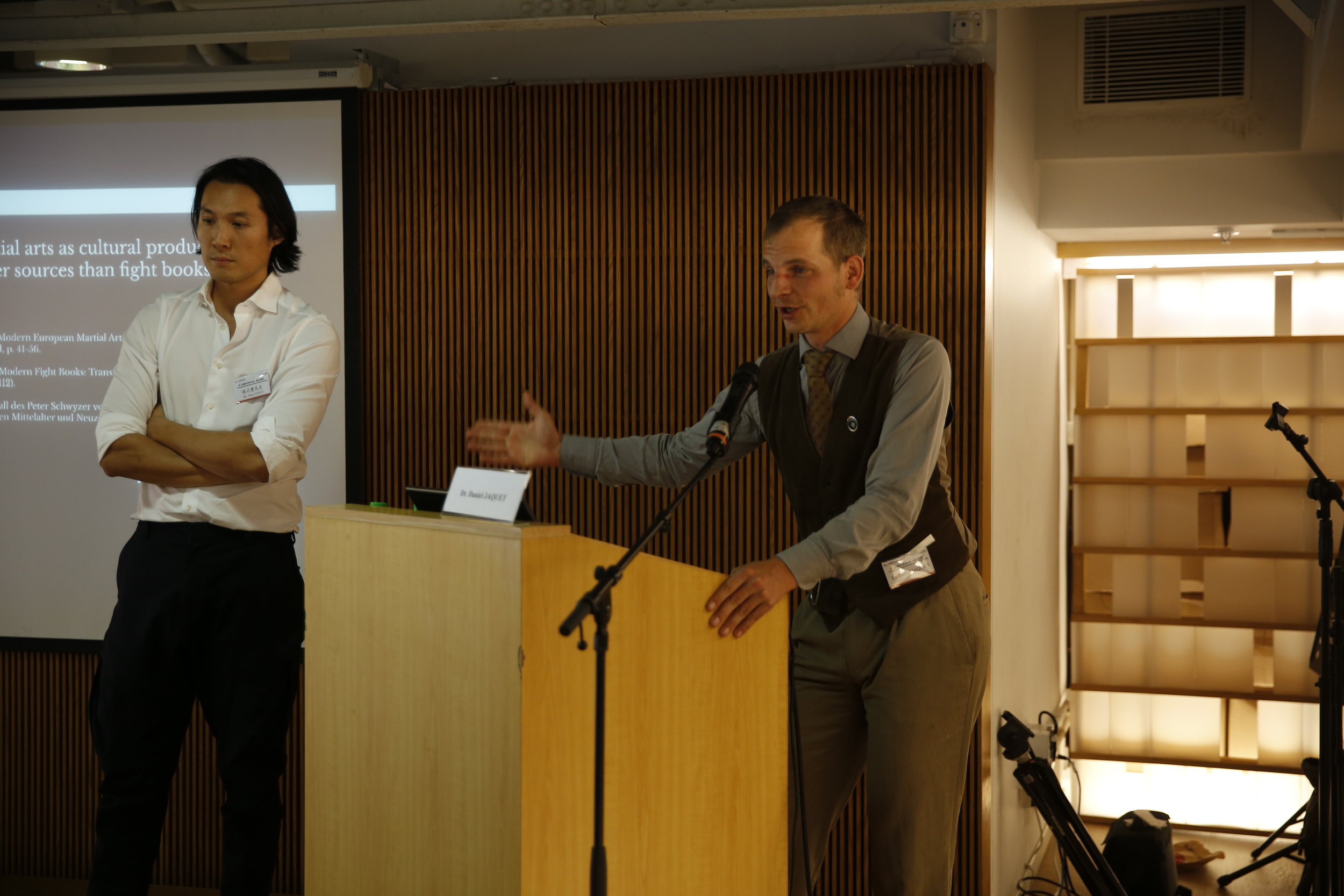The first conference happened nine years ago, with a large attendance, but mainly focused on national issues and held in Chinese. This second conference was small in size, but very broad in its content and significance, with talks given in either English or Chinese. It included international exchanges by professional scholars, martial arts experts, and arms and armour specialists: like-minded people who recognised the issues at hand from these three perspectives listed below (see key points of the discussion). It included two days of conferencing, demonstration and discussions, as well as four keynotes and five panels (see the program).
Bridges were built between European and Chinese martial arts scholars and practitioners. Indeed, demonstrations of both were given during the conference (for HEMA, by Opera Nova - Roberto Gotti and Jacopo Penso). We also had the opportunity to visit the exhibition Safeguarding the Community: An Intangible Cultural Heritage New Media Exhibition (Hong Kong city hall, September-October 2018).
Key points of the discussion
On the last day, we had a closing discussion, where the three main dimensions of the conference were outlined as follows:
- Construction of martial arts studies as an academic field
- Display and archiving of martial arts in a museum context
- Competition and martial sports
The subtitle of the conference was Heritage and Innovation. We discussed at length the concepts of revitalisation and activation of martial arts, mainly the connection between past and present. We compared the actual situation between East and West, pointing out the differences, and learning from each other.
Chinese martial arts have a recognition as a modern sport, led by an international federation for twenty-eight years. The direction taken in isolating the solo forms competition from the combat sport is displeasing traditional practitioners who do not recognise their martial arts within the actual sport. There are still living traditions of Chinese martial arts, some of them in the process of being listed by the UNESCO 2003 convention Intangible Cultural Heritage (T’ai chi, for example, started the process in 2006). There are historical documents recording martial arts on the technical level. However, compared to European Martial Arts, they are few and less investigated (except for pioneer work such as the research of Professor Ma Mingda or the journal for Chinese Martial Arts Studies).
European martial arts are not a recognised sport (although recently recognised in three countries), and its international federation is in its infancy (founded in 2013). There is a lot of work to be done before the different communities will manage to gain international recognition. Other avenues than sport are being explored nationally, notably in the context of the 2003 UNESCO convention for ICH. European martial arts, however, are more advanced in research regarding their broad corpus of technical literature (the fight books). It’s also where our Journal Acta Periodica Duellatorum and the research association SHEMAS come into play.
This conference owed much to Hing Chao, Ma Mingda and Ma Lianzhen. Martial artists, scholars, and well-connected men who actively work towards an even brighter future for martial arts.

